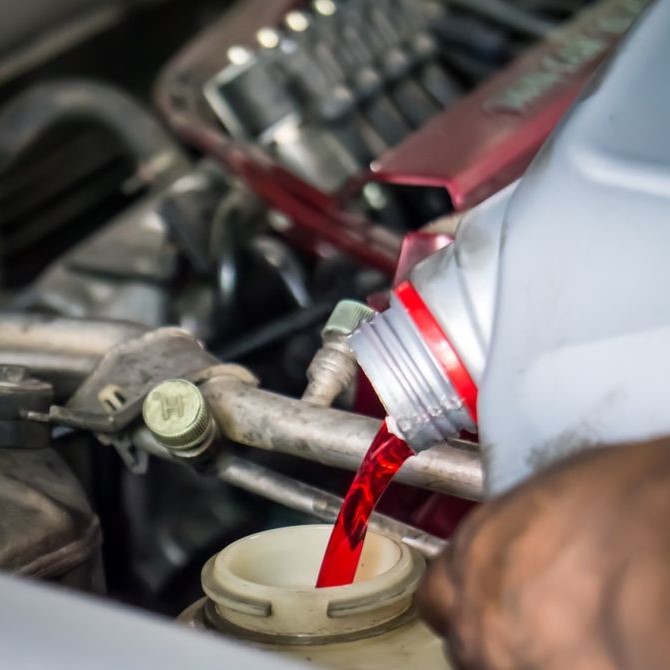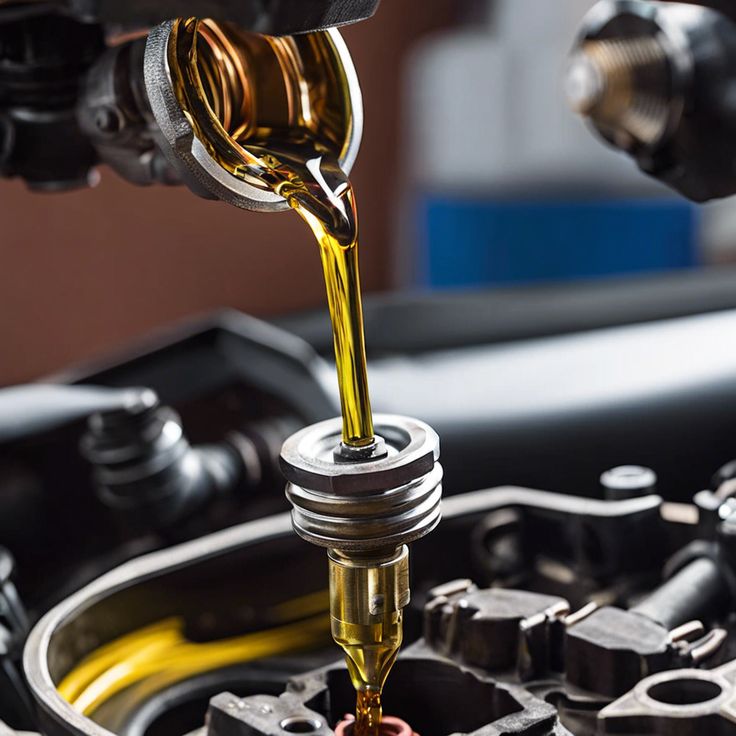Introduction
The transmission fluid change cost is a crucial consideration for any driver looking to maintain their vehicle’s longevity and efficiency. But what exactly does this process entail, and why is it important? Transmission fluid plays a vital role in lubricating gears, reducing friction, and preventing overheating in your car’s transmission system. Over time, this fluid breaks down or becomes contaminated, necessitating a replacement. In this article, we’ll break down the factors affecting transmission fluid change cost and provide actionable tips to help you save money without compromising quality.

A well-maintained transmission ensures smoother gear shifts, better fuel economy, and reduced wear on internal components. Neglecting regular fluid changes can lead to costly repairs or even complete transmission failure. By staying informed about transmission fluid change cost, you protect both your wallet and your vehicle’s health.
Factors Affecting Transmission Fluid Change Cost
Several variables influence the total transmission fluid change cost. Understanding these factors helps you budget effectively and avoid unexpected expenses. Here are some key considerations:
- Type of Vehicle: Different cars require specific types of transmission fluid. High-performance or older vehicles may need premium fluids, increasing costs.
- Labor Rates: Professional service centers charge by the hour for labor. Urban areas often have higher rates compared to rural locations.
- Transmission Type: Automatic transmissions generally incur higher costs than manual ones due to more complex systems requiring specialized tools.
- Fluid Quantity Needed: Larger transmissions demand more fluid, directly impacting the final bill.
Additional Costs to Be Aware Of
Some shops might include extra charges for flushing old fluid, replacing filters, or inspecting related components. Always ask for itemized quotes upfront to prevent surprises later. Additionally, consider warranty coverage or manufacturer recommendations that could affect overall pricing.
How Often Should You Change Transmission Fluid?
Knowing how frequently to change transmission fluid reduces long-term costs and prevents damage. Manufacturer guidelines vary depending on driving habits and conditions. Here’s a general breakdown:
- Normal Driving Conditions: For most drivers, changing transmission fluid every 50,000–100,000 miles suffices. This interval minimizes unnecessary replacements while ensuring optimal performance.
- Severe Driving Conditions: If you frequently tow heavy loads, drive in extreme temperatures, or operate in dusty environments, shorter intervals (every 30,000–50,000 miles) are advisable. These conditions accelerate fluid degradation.
Regularly checking transmission fluid levels between scheduled changes prolongs its effectiveness. Look for signs of discoloration, burning smells, or low levels, which indicate potential issues needing immediate attention. Early detection saves money by avoiding extensive repairs.

DIY vs Professional Services
Deciding whether to perform a transmission fluid change yourself or hire professionals depends on your skills, tools, and time availability. Both options come with pros and cons worth exploring.
- DIY Transmission Fluid Change:
- Pros: Significant cost savings, as materials alone are cheaper than labor fees.
- Cons: Requires technical knowledge, proper tools, and access to safe disposal facilities for old fluid. Mistakes during installation could lead to further problems.
- Professional Services:
- Pros: Guarantees accurate work, uses advanced equipment, and includes warranties for peace of mind.
- Cons: Higher upfront costs, especially at dealership-level services.
Tools Needed for DIY Projects
If opting for a DIY approach, gather essential items like ramps or jack stands, drain pans, funnels, new gaskets, and fresh transmission fluid. Following detailed instructions from trusted sources ensures successful completion.
Ways to Save Money on Transmission Fluid Change Cost
Regardless of whether you choose DIY or professional assistance, several strategies reduce transmission fluid change cost without sacrificing quality. Consider these tips:
- Shop Around for Quotes: Compare prices among local mechanics and national chains to find competitive deals. Online platforms sometimes offer discounts for first-time customers.
- Buy in Bulk: Purchase larger quantities of transmission fluid directly from wholesalers if planning multiple changes over time. This bulk buying lowers per-unit costs significantly.
- Perform Partial Flushes: Instead of fully replacing all fluid at once, opt for partial flushes spaced out over several visits. This method spreads expense across months or years.
Combining Services for Discounts
Many garages bundle transmission fluid changes with other routine maintenance tasks like oil changes or brake inspections. Taking advantage of package deals often results in lower combined costs compared to individual services.
Transmission Maintenance Beyond Fluid Changes
While focusing on transmission fluid change cost, don’t overlook broader maintenance practices that extend transmission lifespan. Proper upkeep reduces future repair bills and enhances driving satisfaction.
- Check for Leaks Regularly: Address leaks promptly to prevent air contamination or fluid loss, which damages internal components quickly.
- Drive Sensibly: Aggressive acceleration, hard braking, and excessive idling strain transmissions unnecessarily. Adopting smooth driving techniques improves overall efficiency.
- Use Quality Products: Invest in high-grade transmission fluids recommended by manufacturers. Cheaper alternatives might seem appealing but compromise reliability in the long run.
Signs of Transmission Trouble
When it comes to maintaining your vehicle, being aware of potential transmission issues is crucial. Ignoring warning signs can lead to much pricier repairs down the line. Here are some key symptoms to watch for that may indicate your transmission is in trouble:
Delayed Gear Engagement
One of the first signs of trouble can be delayed gear engagement. If you notice that there’s a noticeable lag when you shift from park to drive or reverse, it could indicate issues with your transmission. This may manifest as a delay in response or a jerky movement as the transmission finally catches up. Be proactive and have it inspected if you experience this issue, as it could lead to more severe problems if left unchecked.

Unusual Noises
Listen for any unusual noises emanating from your vehicle when it’s in gear. Sounds such as grinding, whining, or clunking can all be indicative of transmission trouble. These noises may stem from worn or damaged components within the transmission system. If you find that your vehicle produces these sounds, it’s essential to get it checked out, as these symptoms often signal mechanical issues that could require extensive repairs.
Dashboard Warning Lights
Another critical sign to watch for is the appearance of dashboard warning lights. If your vehicle’s check engine light illuminates or if you see a specific warning light indicating transmission issues, it’s time to act. These warning lights are part of your vehicle’s onboard diagnostic system, which tracks various functions, including the transmission. Ignoring these alerts can lead to more significant failures and costly repairs, so don’t hesitate to seek professional help.
Fluid Leaks
If you notice any reddish fluid pooling under your vehicle, it could be a sign of a transmission fluid leak. Transmission fluid is vital for lubricating the components of the transmission and keeping it functioning smoothly. Losing fluid can quickly lead to overheating and serious damage. If you suspect you have a leak, it’s essential to address it promptly to avoid catastrophic transmission failure.
Burning Smell
A burning smell is another telltale sign of potential transmission trouble. If you detect a burnt odor while driving or after parking your vehicle, this could indicate that your transmission is overheating or that the transmission fluid is breaking down. Continuing to drive under these conditions can seriously impair your transmission’s performance and lead to costly repairs.
Slipping Gears
Experiencing slipping gears, where your vehicle unexpectedly changes gear or loses power while driving, is a serious warning sign. This may feel like the engine revs without a corresponding increase in speed or feeling the car shift out of gear without your input. Slipping can be a sign of worn or damaged components and should be addressed immediately to avoid further damage to the transmission system.
Common Misconceptions
Misunderstandings surrounding transmission fluid change cost confuse many drivers. Let’s debunk some prevalent myths:
- “It’s Too Expensive to Change Regularly”: While initial costs appear steep, preventative care saves far more money compared to emergency repairs later.
- “All Shops Charge Similar Prices”: Competition exists among providers, meaning significant differences in pricing structures exist based on location, brand reputation, and service scope.
- “Only Dealerships Can Do It Correctly”: Independent mechanics trained in modern techniques handle transmissions just as competently, often at reduced rates compared to dealerships.
Educating Yourself Pays Off
Armed with knowledge about transmission fluid change cost, you negotiate confidently with service providers or tackle projects independently. Staying informed empowers smarter financial decisions regarding vehicle maintenance.

Environmental Impact of Transmission Fluid Disposal
Proper disposal of used transmission fluid protects ecosystems and complies with regulations. Improper handling contaminates soil and water supplies, posing risks to wildlife and human health.
- Recycling Programs: Many auto parts stores and recycling centers accept used fluids free of charge. Drop off containers safely after collection.
- Avoid Dumping: Never pour old fluid down drains or onto the ground. Seek authorized facilities designated for hazardous waste management.
Supporting Eco-Friendly Practices
Choosing environmentally responsible methods aligns with sustainable values, benefiting communities and future generations. Encourage others to adopt similar habits through education and advocacy efforts.
Advanced Tips
For those seeking additional ways to cut costs, explore these advanced techniques:
- Learn Basic Troubleshooting: Identify minor leaks or issues yourself before visiting mechanics, saving diagnostic fees. YouTube tutorials provide step-by-step guidance for beginners.
- Negotiate Service Packages: Bundle multiple services together when scheduling appointments to secure volume-based discounts offered by some businesses.
- Join Loyalty Programs: Enroll in membership plans provided by preferred vendors for recurring benefits such as free inspections or percentage reductions on labor charges.
Drivers sharing experiences online demonstrate real-world savings achieved through careful planning and execution. One user saved $200 by performing a DIY flush instead of paying full retail price at a chain shop. Another negotiated a 15% discount after mentioning competing offers during negotiations.

Conclusion
In summary, understanding transmission fluid change cost equips you with valuable insights to manage automotive expenses responsibly. Whether tackling jobs personally or delegating them to experts, proactive measures ensure reliable transportation at minimal investment. Remember, prioritizing timely fluid changes safeguards against costly repairs and promotes eco-conscious behavior.
By implementing cost-saving strategies discussed herein, you contribute positively toward both personal finance goals and environmental preservation. Stay vigilant about maintenance schedules, educate yourself continuously, and advocate sustainable practices within your community. With so many resources available today, there’s no excuse not to optimize your vehicle’s performance affordably. After all, smart choices today yield dependable rides tomorrow.